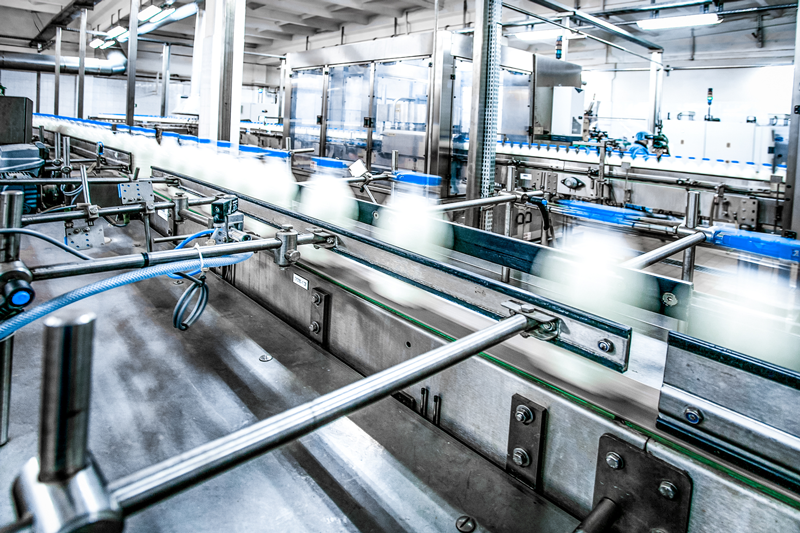Bearings, intended for rotary movements, come in two versions: as a roller bearing or as a slide bearing. In the case of roller bearings, there are rolling elements between the parts that move in tandem with each other. Slide bearings have sliding elements allowing the movement to take place.
Roller bearings generally consist of two bearing rings with integrated races. Between the bearing rings there are rolling elements. These elements are also referred to as anti-friction bodies and move freely over the races. There are different types of anti-friction bodies, namely balls, cylinder rollers, needle rollers, cone forms and barrel-shaped rollers. Usually the anti-friction bodies are guided by a cage. In addition, the cage keeps the anti-friction bodies at an equal distance from each other and prevents them from coming into contact with each other.
Each type of roller bearing has characteristic properties that make each type suitable for certain applications. When a bearing must be chosen, it is important to take a number of factors into account. These include the load and speed, temperature, lubrication, installation and maintenance. In many cases, at least one of the main dimensions of the bearing, usually the bore diameter, is already determined by the surrounding construction. Roller bearings that are primarily intended for radial loads are called radial bearings. Many bearing types can only support radial loads. This applies for example to N and NU type cylindrical bearings, needle roller cages, needle cylinders and most needle bearings. Combined axial and radial loads can be absorbed by spherical roller thrust bearings and axial angular contact ball bearings acting unilaterally. Other axial bearings are, as the name suggests, only suitable for purely axial loads.
Where installation space in the radial direction is confined, a bearing with a small diameter can be chosen. Examples of bearings with small diameters include: needle cylinders, needle bearings, deep groove ball bearings and certain series of double row spherical bearings.
Another criterion on which the choice of a certain bearing depends is the way in which the bearings move on a shaft. There are bearings that allow axial shifts, bearings that are adjustable so that they can compensate for misalignments, and bearings that keep a shaft fixed in one or both axial directions.
As with roller bearings, slide bearings also have the task of supporting or guiding parts that move in relation to each other. In slide bearings, the part moves along the sliding surface of a fixed bearing bush, bearing block or sliding strip. As a result, there is a sliding movement directly between the sliding layer of the bearing element and the part mounted on the bearing. It is lubricated by the lubricant that is present in the bearing or by a fixed self-lubricating layer in the slide bearing.
Slide bearings are available in different types. There are radial bearings, axial bearings, strips or half-shells and joint bearings. Slide bearings move quietly and are particularly suitable where high loads in relation to slow rotations and swivel movements must be absorbed and where low or high temperatures are present. Due to the specific properties of slide bearings, they can be used in almost all industrial tasks, particularly where installation space is very limited.
 Ball Bearings
Ball Bearings
 Spherical Roller Bearings
Spherical Roller Bearings
 Cylindrical Roller Bearings
Cylindrical Roller Bearings
 Taper Roller Bearings
Taper Roller Bearings
 Needle Bearings
Needle Bearings
 Ball Bearing Housings and Accessories
Ball Bearing Housings and Accessories
 Split Roller Bearings
Split Roller Bearings
 Mounted Units and Inserts
Mounted Units and Inserts
 Spherical Plain Bearings and Rod Ends
Spherical Plain Bearings and Rod Ends
 Plain Bushes
Plain Bushes
 Clutch Bearings
Clutch Bearings
 Lubricants
Lubricants
 Lubrication Systems
Lubrication Systems
 Bearing Tools
Bearing Tools
 Spares Parts and Accessories
Spares Parts and Accessories





































